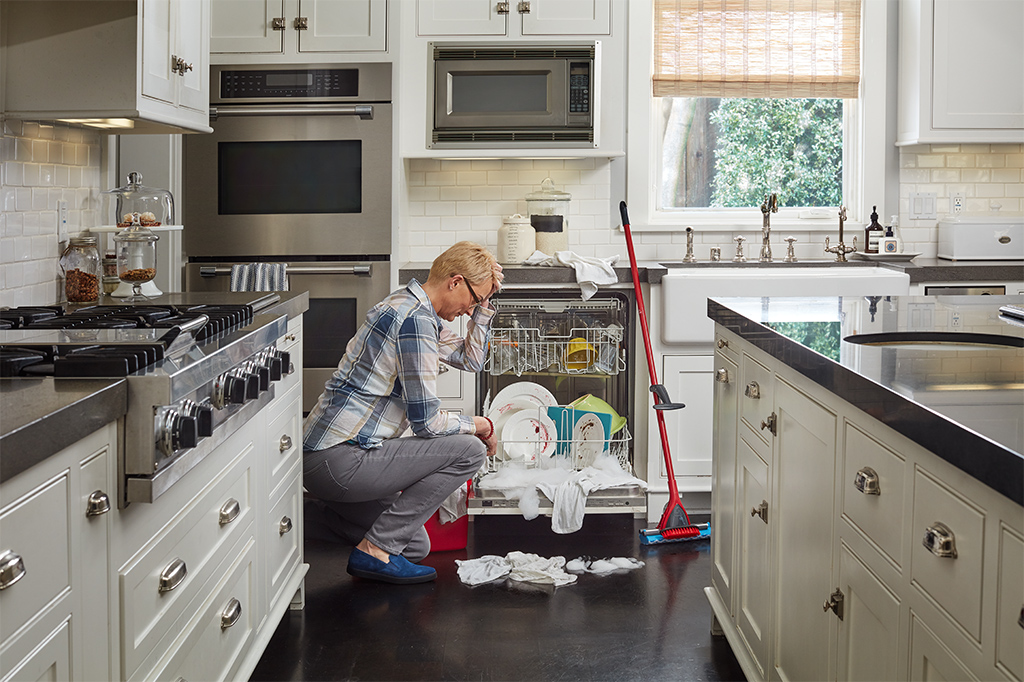Repairing Appliance Cords and Wires
To check an equipment wire or twine, first ensure that it's far disconnected from any electric supply or capacitor. Then use a continuity tester or multimeter to ensure it could competently behavior strength.
With the tester attached, flow the twine to make certain that there isn't a spoil withinside the strands which can reason intermittent shorts. Also, test the first-rate and pliability of the wire or twine insulation. If there are any breaks or cracks that can finally divulge strands, update the wire or twine with one in every of equal score and gauge.
Small Appliance Controls
Electrical energy getting into a small piece of equipment needs to be controlled: became on or off or numerous primarily based totally on temperature, time, or function. That's what equipment controls do. Appliance controls consist of switches, thermostats, rheostats, and timing mechanisms.
In many small equipment problems, a controller is a culprit. So, earlier than you start tearing your toaster or vacuum apart, let's examine how small equipment controls work -- and what to do once they don't. appliance parts suppliers
Switches
Most small equipment switches are activated with the aid of using hand to govern the waft of present-day in a piece of equipment. A single-pole transfer is driven or moved to show energy on or off. Multiposition switches permit set quantities of present-day to waft, along with a multispeed transfer for a blender.
Wires
Wires utilized in equipment cords are of various diameters or gauges. The thicker the twine, the decrease the gauge number. That is, a 12-gauge twine is thinner than a 10-gauge twine. Most small home equipments use wire wires of copper strands insulated with heat-resistant plastic.
Equipment that calls for much less amperage to operate, along with a lamp, will commonly have a two-twine wire of 18- or 16-gauge twine. Higher-amperage heating home equipment will use a two- or three-twine wire of 14- or maybe 12-gauge twine. Two-strand cords consist of one warm twine and one impartial twine. A three-strand wire could have one warm twine, one impartial twine, and one-floor twine. appliance repair store
Plugs
The plug on the stop of an equipment wire gets strength from the wall receptacle. A two-prong plug is commonly used for ungrounded home equipment rated at much less than 15 amps. Some two-prong plugs are polarized to make certain that the recent and impartial wires are linked correctly. The smaller prong is the recent twine, and the bigger one is impartial.
Three-prong equipment plugs consist of one spherical prong used for grounding and making sure that the recent and impartial prongs are inserted into the perfect receptacle slots. Most small home equipments are rated at much less than 15 amps. A receptacle with a T-fashioned impartial slot is designed to house 20-amp home equipment, even though 15-amp cords may be plugged into it.
Connectors
At the opposite stop of the wire, withinside the small equipment, the wires are linked to a transfer or controller. The wires can be linked with solder, with electric twist-on nuts, or with connectors. These connectors bodily and electrically join the energy supply with the equipment.
The connection may be made with crimp connectors, clip or spade connectors, or with U- or O-connectors. Internal equipment wires are commonly smaller than the ones used for cords, because of this that the gauge numbers are higher.
